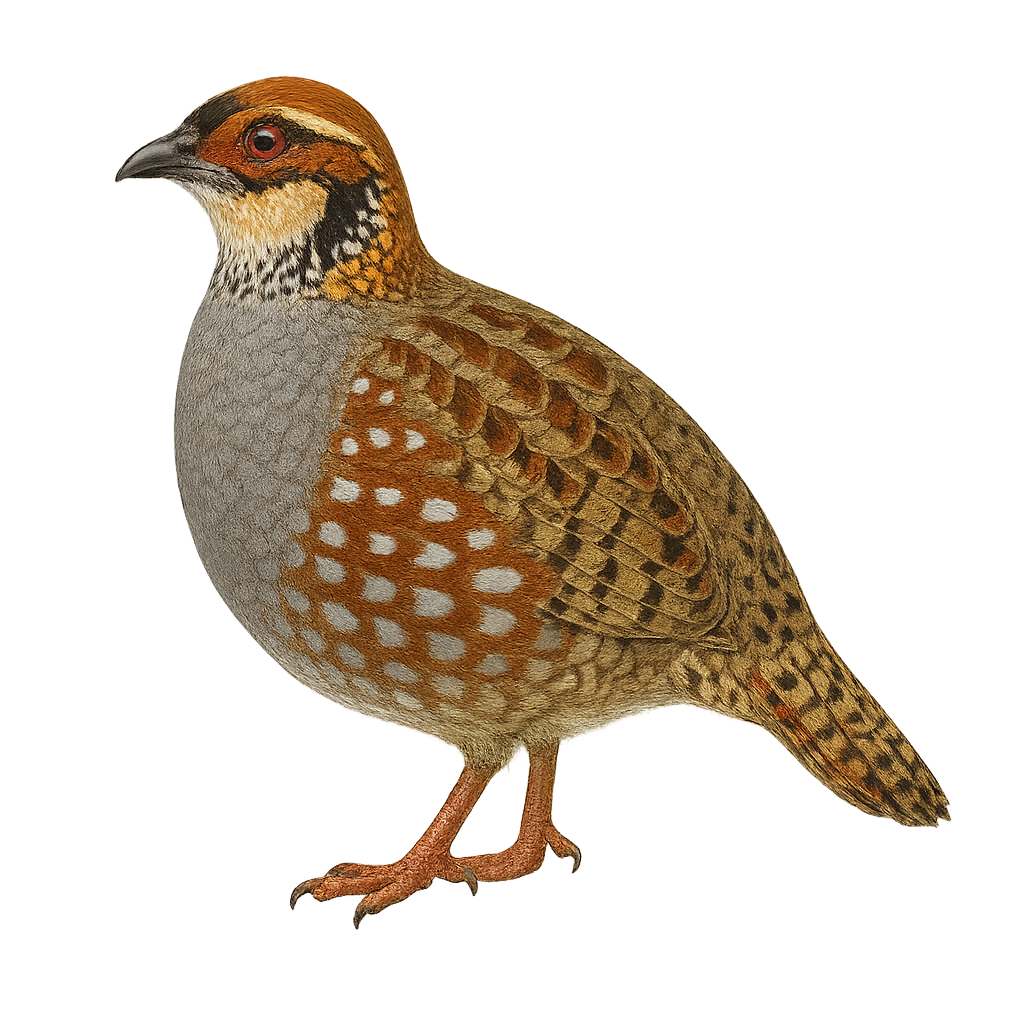Your wildlife photography guide.
Explore the collared partridge in detail, study its behavior, prepare your shots.
Where to observe and photograph the collared partridge in the wild
Learn where and when to spot the collared partridge in the wild, how to identify the species based on distinctive features, and what natural environments it inhabits. The WildlifePhotographer app offers tailored photography tips that reflect the collared partridge’s behavior, helping you capture better wildlife images. Explore the full species profile for key information including description, habitat, active periods, and approach techniques.
Collared Partridge
Scientific name: Arborophila torqueola

IUCN Status: Least Concern
Family: PHASIANIDAE
Group: Birds
Sensitivity to human approach: Suspicious
Minimum approach distance: 10 m
Courtship display: March to May
Incubation: 21-23 jours
Hatchings: April to June
Habitat:
Dense forests, humid undergrowth, wooded hills
Activity period :
Primarily active during the day, with peak activity in the morning and late afternoon.
Identification and description:
The Collared Partridge, Arborophila torqueola, is a bird from the Phasianidae family, primarily found in the dense, humid forests of South Asia. It is characterized by its reddish-brown plumage and distinctive white collar around the neck. This elusive bird prefers shaded undergrowth where it feeds on seeds, insects, and small invertebrates. Although often difficult to spot due to its shy behavior, its melodious call sometimes reveals its presence. The Collared Partridge is monogamous and forms stable pairs. The breeding season varies by region but is generally observed in spring.
Recommended lens:
400 mm – adjust based on distance, desired framing (portrait or habitat), and approach conditions.
Photography tips:
To photograph the Collared Partridge, it is advisable to use a telephoto lens of at least 400mm to capture detailed images from a distance. Look for dense undergrowth areas where these birds often hide. Be patient and discreet, as they are suspicious and can quickly hide. Listen for their distinctive call to locate their position. The best times to observe them are early in the morning or late in the afternoon when activity is higher.
The WildlifePhotographer App is coming soon!
Be the first to explore the best nature spots, track rutting seasons, log your observations, and observe more wildlife.
Already 1 432 wildlife lovers subscribed worldwide

